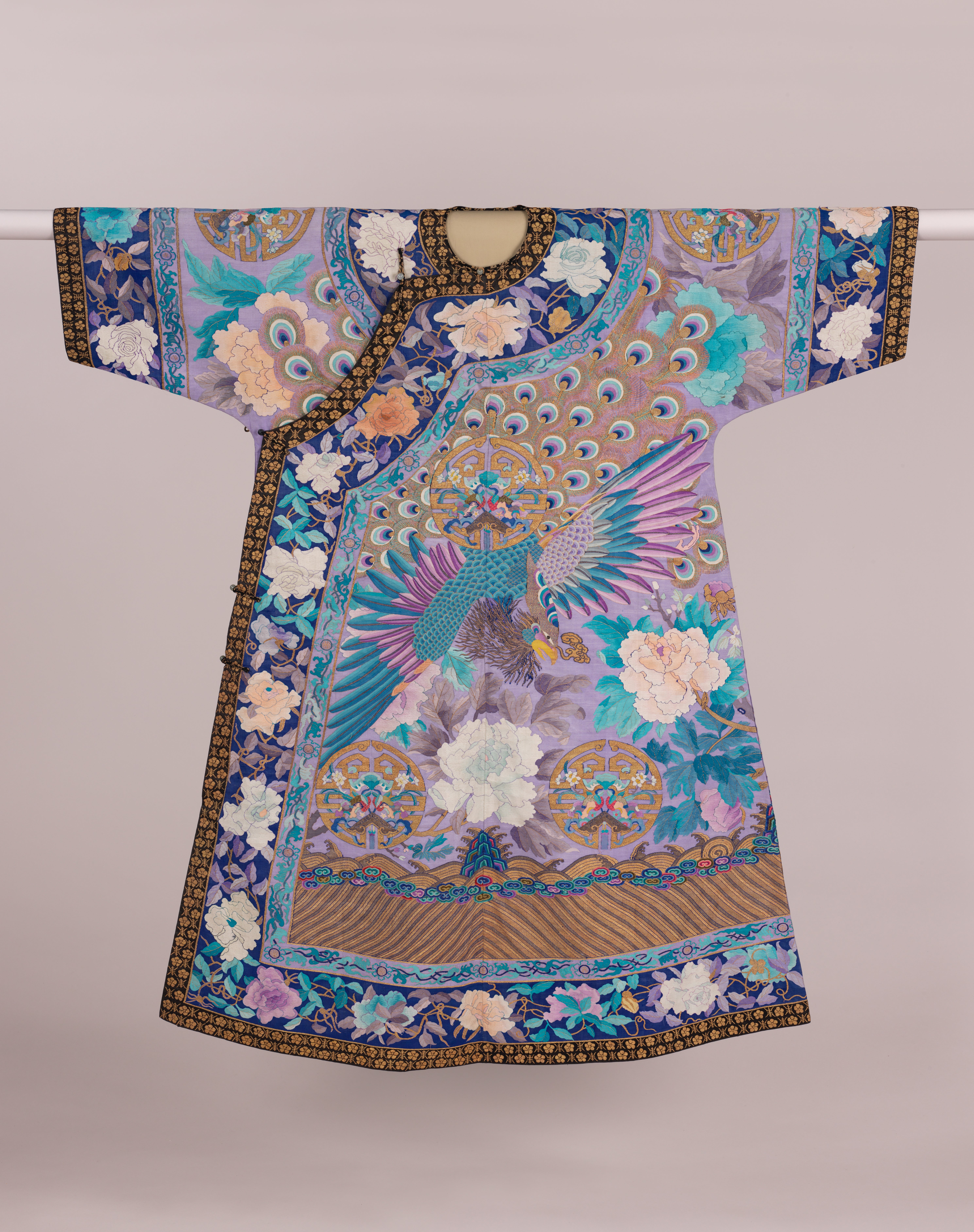
Can you say what conflict caused the greatest loss of life in history? Not our Great War; it was the Taiping Civil war, which cost more than 20 million lives in a population of 400 million. The catalogue to The Citi Exhibition: China’s Hidden Century, the packed new British Museum show, observes that estimates vary between 20 million and 70 million. That margin of error is more than the population of Spain.
The century of the title, hidden from us, not them, is the long 19th – from the accession of the sixth emperor of the Qing dynasty to the abdication in 1912 of the Last Emperor of China, pictured here as a solemn little boy. In between was 100 years of profound change, documented in this ambitious exhibition with more than 300 exhibits, to tell the story of individuals and society, the grand and the humble.
They tell of politics, war, domestic life and culture. And sometimes it’s hard to keep up, as we move from geopolitics to puppet theatre. You can’t fault the ambition of the show, but the sheer number and variety of objects can buffet the visitor.
Some fascinating exhibits shed light on this rebellion against the Qing government led by Hong Xiuquan, a failed civil service exam candidate who believed he was the non-divine brother of Jesus Christ. There’s a missionary’s letter here in which Hong amends a reference to Christ as the “only-begotten son of God” to read “Christ and I…”. We see the end of the story in a colourful, savage print of the Taiping’s last stand in Nanking in 1864.
The Opium wars are more familiar, a thoroughly discreditable episode. Two broken-off bits of ornate turquoise ceramics evoke one of the most discreditable actions in it, namely, the destruction of the famous, exquisite Summer Palace outside Beijing on the orders of James Bruce, 9th Earl Elgin.

The show is ordered by theme: the court, the military, art, popular culture and relations with the outside world. It’s punctuated by the story of significant individuals: a scholar, a courtesan, a general. It’s striking the number of women here, starting with the Empress Dowager Cixi, who ruled China for more than 40 years and was fascinated by Queen Victoria. The enigmatic shadow figures on the walls representing them are designed by students at the London College of Fashion.
The display of tiny ladies’ shoes, with pointy toes is especially poignant. Why so tiny and so pointy? The feet in them were deliberately deformed. Girls had their feet bound with strips of cloth, with the toes broken and tucked under the soles; they were moulded into stumps to make them more attractive and marriageable. There’s a world of pain and thwarted physicality there. But you don’t just get the upper classes here. Nearby there’s a palm and rice fibre coat worn by peasants in the field: practical and oddly beautiful.

It’s an ambitious, discombobulating show: it doesn’t progress tidily through the century, but goes off in umpteen interesting directions. But then history isn’t tidy either.







